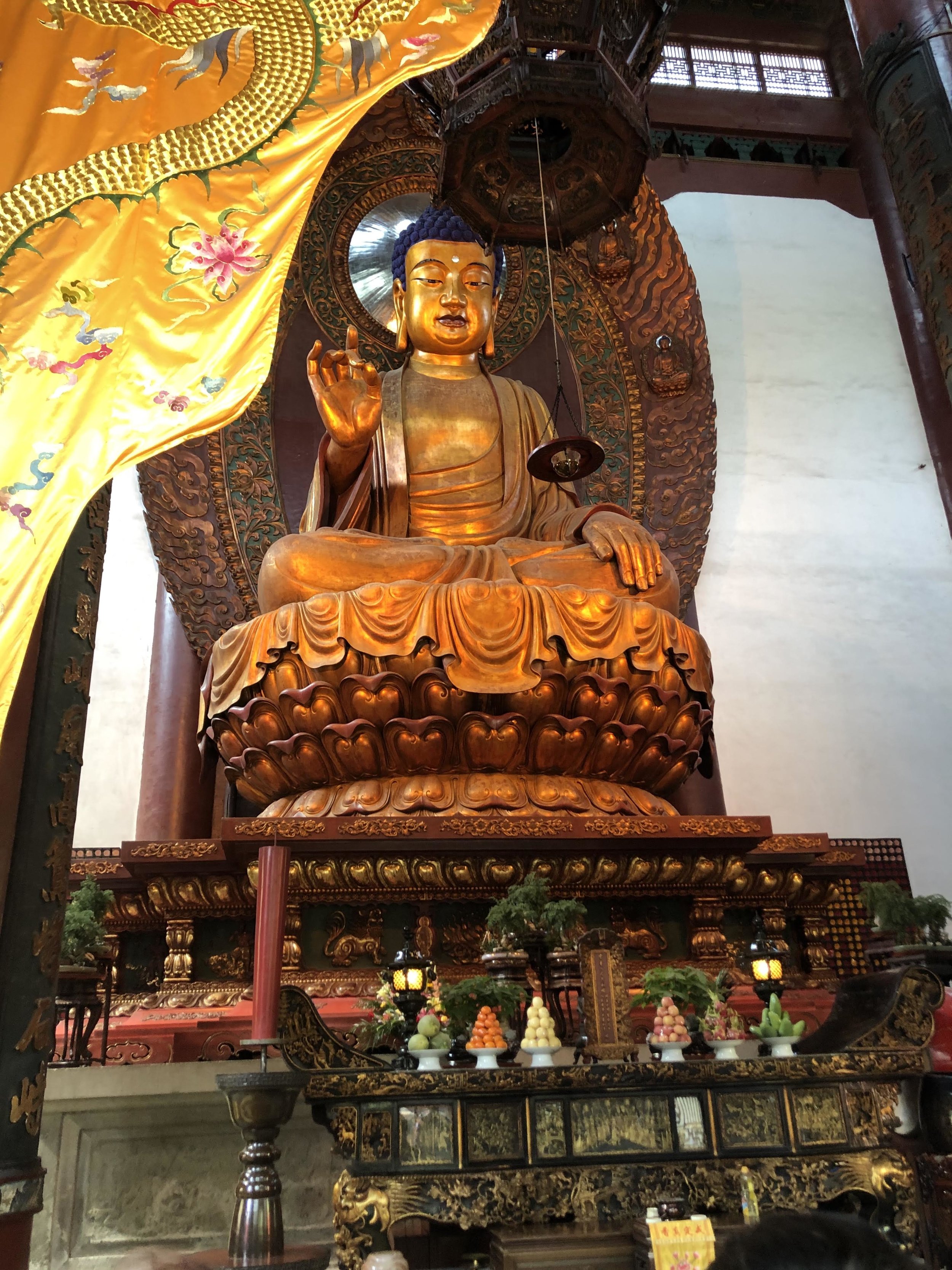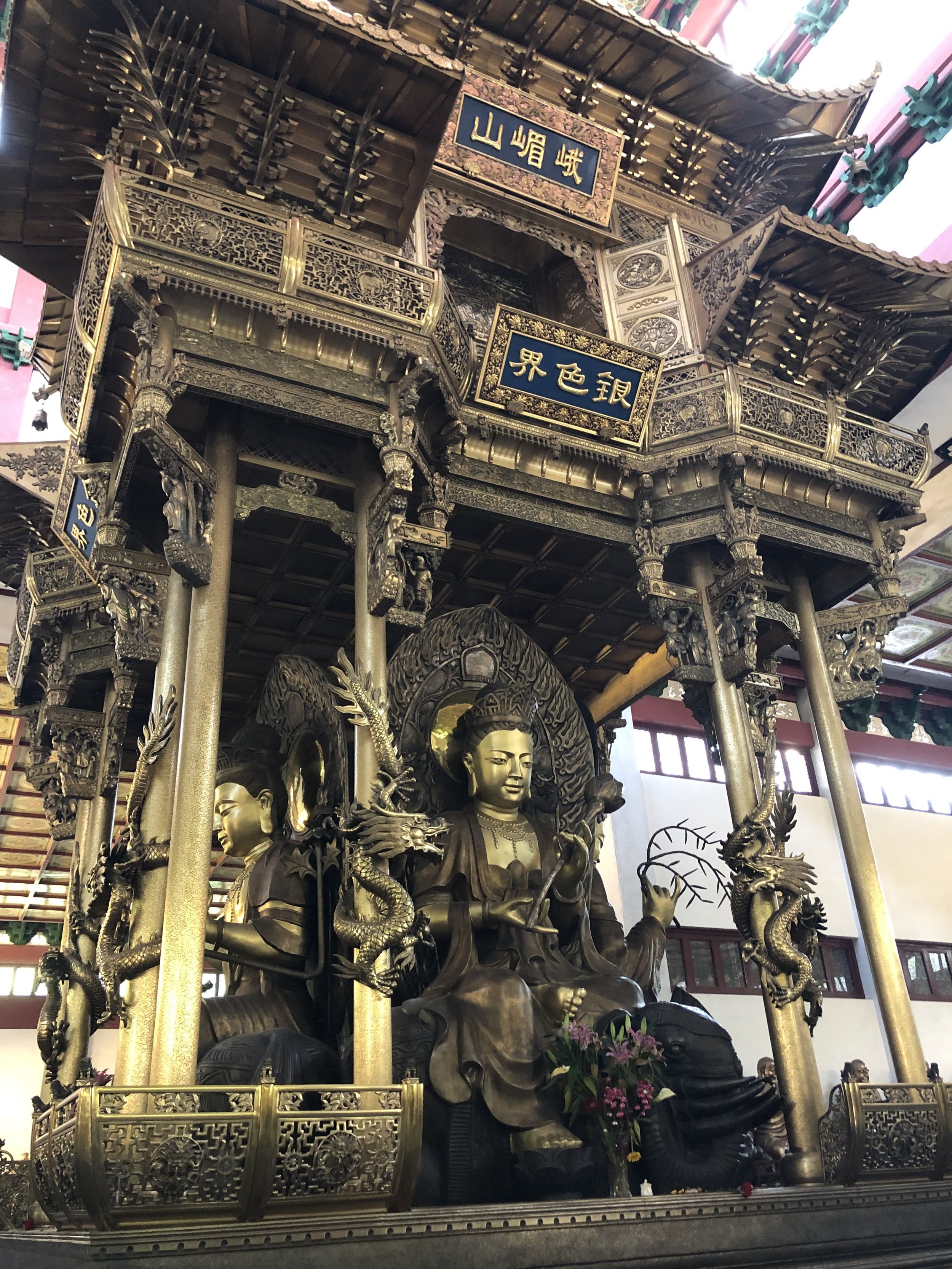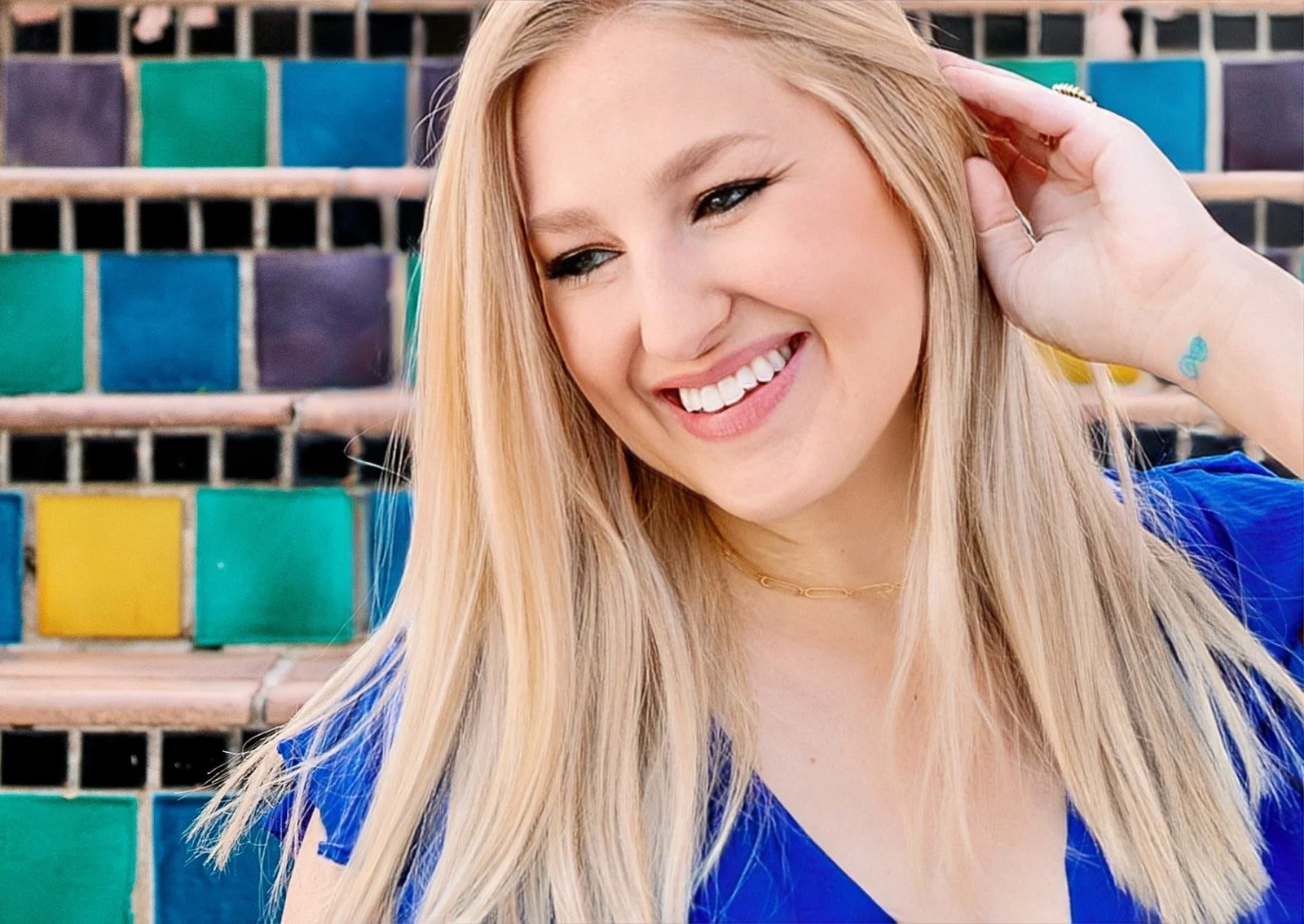Disclaimer: This post contains affiliate links, which means that the blog may earn a commission if you click through and make a purchase. This is at no additional cost to you. I only recommend products or services that I believe will add value to my readers. Thank you for your support!
How to Spend the Perfect Weekend in Hangzhou - Second Day
Are you familiar with the city of Hangzhou, China? Before I traveled to China, I had only heard of Shanghai, Beijing, and Xi’an. If you are planning a trip to China, you must add this city to your itinerary. If you need convincing, read my post on why Hangzhou needs to be on your bucket list.
In How to Spend the Perfect Weekend in Hangzhou - First Day, I covered my top picks for sights to see and experience on the first full day of your trip. This blog post covers my recommended itinerary for your second full day.
I only had a full 48 hours to explore Hangzhou, so to maximize my two days, I purchased the Private Two Days Hangzhou Highlights Tour - Soul of Hangzhou by China Private Tours through Viator.
I paid $362.67 for the 2-day tour, and I can honestly say it was worth every penny. Without this tour, I would not have been able to see or do half of the things I experienced in my tight timeline of 48 hours. You can do the following itinerary without a guide or driver, but having those two things in place for a place like Hangzhou really helps if you are working with a tight timeline.
If you are debating on whether to book a tour guide experience versus making your way solo, read The Pros and Cons of Booking a Private Tour Guide Experience or take the quick quiz below!
Second Day of the Perfect Weekend in Hangzhou
After a great first day of exploring Hangzhou, I expected to be greeted in my lobby in the morning by my tour guide Alan from the day before, but to my surprise, I was given a new guide and driver for the day. This was not a problem at all because my new tour guide, Laura, was an equally talented English speaker. I was excited to start my day with her!
China National Tea Museum
It’s the only museum in China mainland that covers Chinese tea and tea culture. Though I didn’t take too much time reading every plaque, I was able to get a better understanding about the world of tea - I had no idea the vast history behind it and what it meant to Chinese culture.
I visited the Hall of Tea History and learned that China is the birthplace of tea, contrary to what I thought, with the British being famous for their tea times. China’s tea culture dates back to at least over 4,700 years ago! The next room featured over 300 tea varieties. Did you know there were even that many kinds? I sure didn’t. What I found most fascinating were the tea cakes, and how they were pressed into beautiful designs, like works of art.












I then finished my time at this museum by participating in a tea ceremony, which was my favorite part. I really enjoy taking part in interactive cultural experiences.




The grounds of this museum are simply gorgeous to walk. It’s peaceful and well-maintained - a great place to stroll around after you’ve learned about Chinese tea.





Lingyin Temple and Fei Lai Feng
This was my favorite stop of the day, not really because of the temple but because of the amazing Buddha caves and grottoes. Before you arrive to the Temple, there are hundreds of Buddhas and statues carved into the grottoes of Fei Lai Feng that surround the sacred site.
It felt like I had stumbled upon secret ancient ruins. “Fei Lai Feng” means “peak flown from afar” named after a monk, Huili, who found the pure limestone peak 1,600 years ago. He thought that the peak had flown from India, because limestone mountains were rare for China but common in India. As you enter Fei Lai Feng, you come on an old pagoda that contains Huili’s ashes.
There are over 470 Buddhas carved into the mountainside, dating from the 10th through 14th centuries. This was one of those spots that I could spend all day exploring.




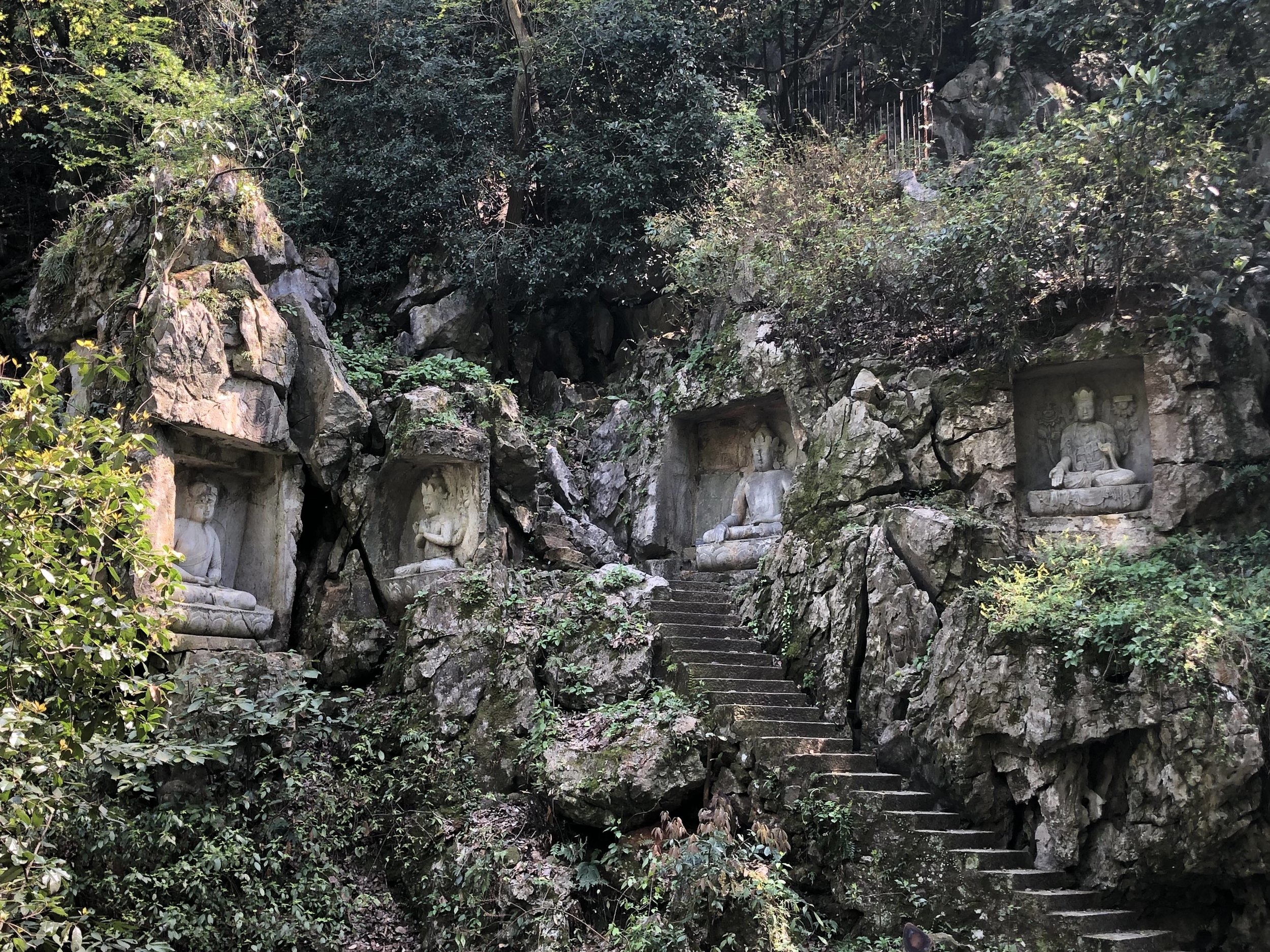
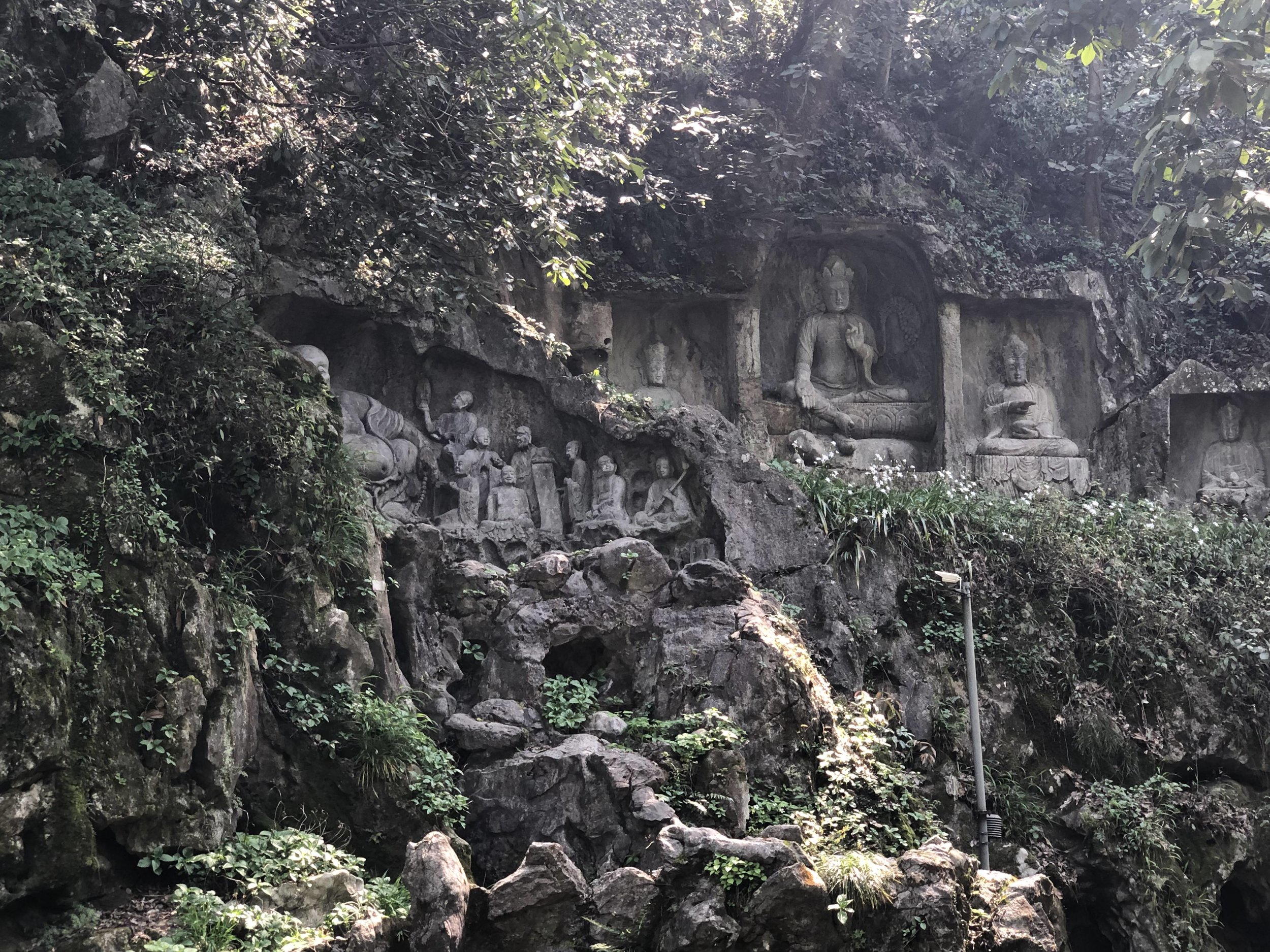





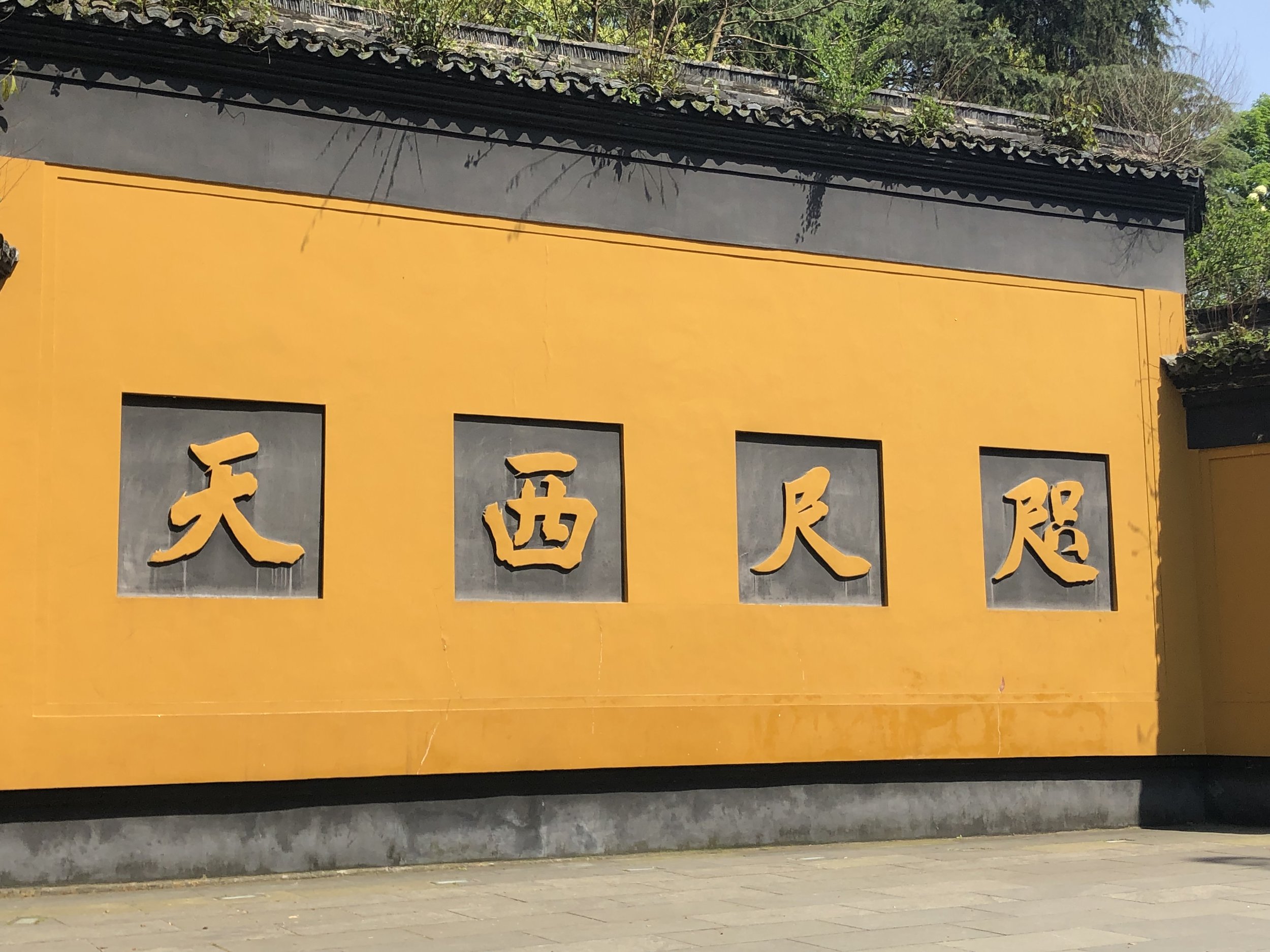

After spending some time in the grottoes, we arrived at the Temple. Lingyin Temple is one of the largest and wealthiest Buddhist temples in China. The first Hall you arrive at is the Hall of Four Heavenly Kings - you can’t really tell how large these statues are in the pictures, but they are massive.

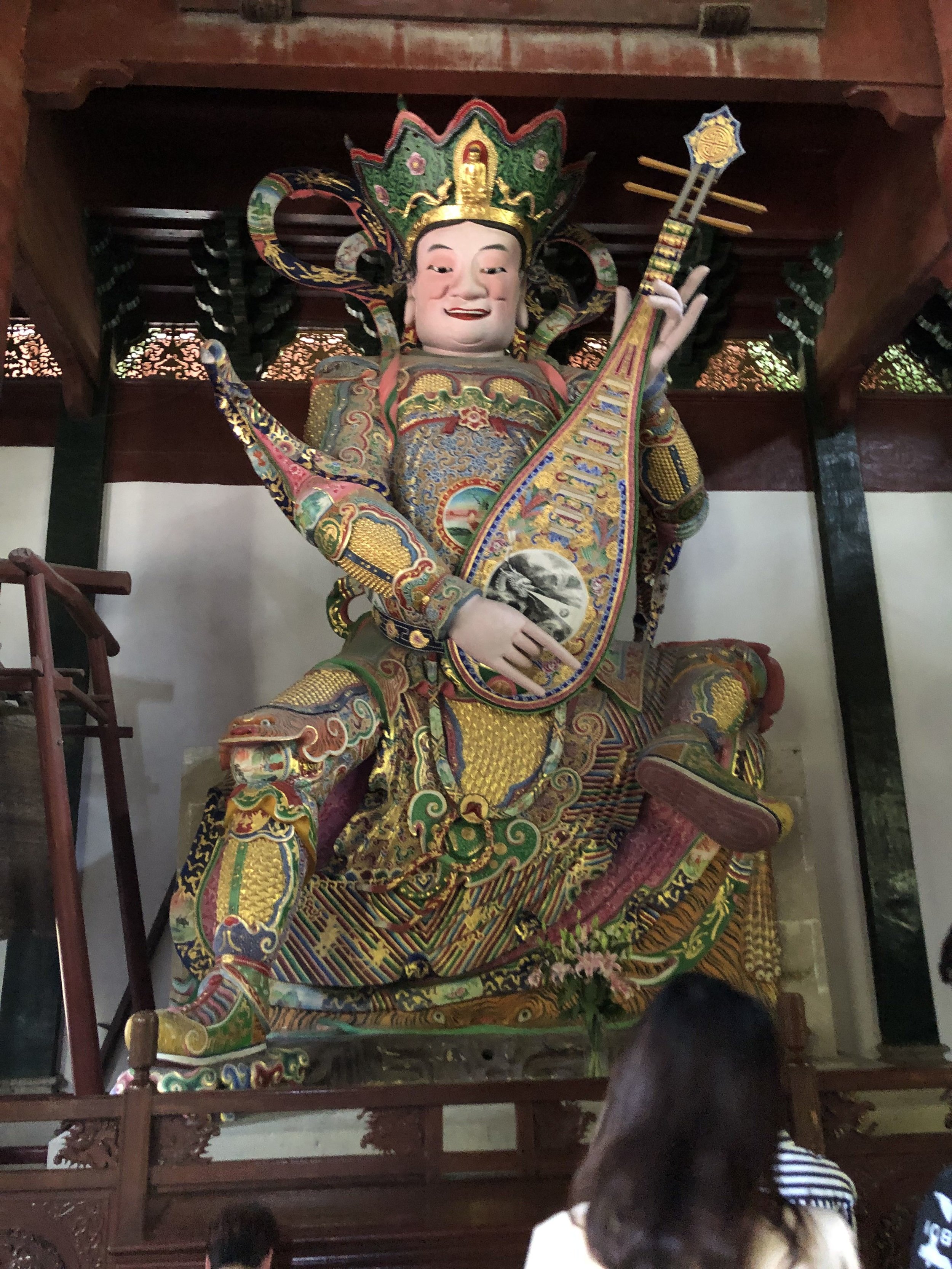


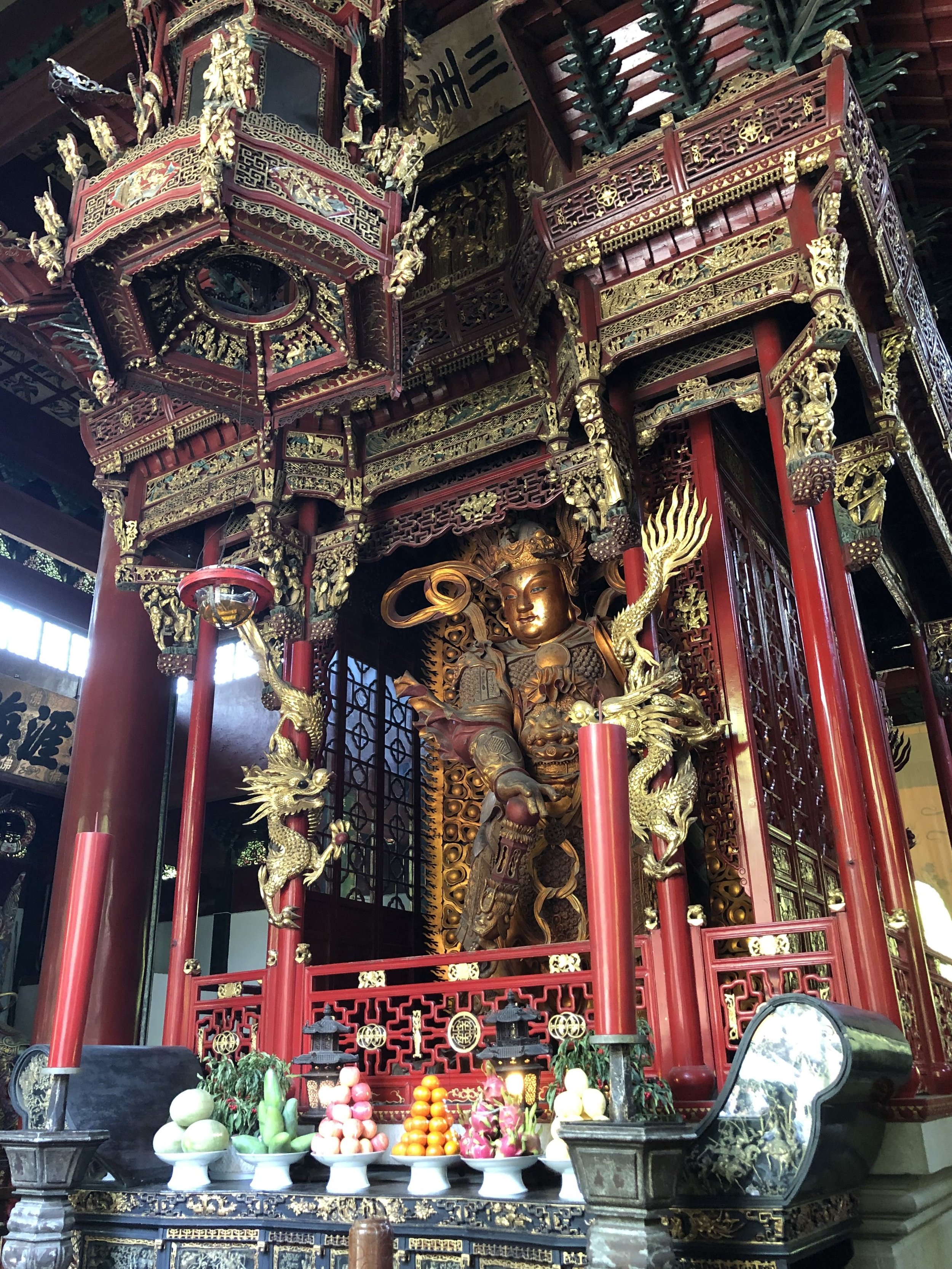
This temple houses the largest wooden Buddha structure in China in Mahavira Hall. It’s carved from camphor wood and coated with 60 taels of gold. Behind the main statue is a large screen covered in carved images - this was particularly impressive to see because of the great detail of the screen from floor to ceiling.
Another impressive hall was the Hall of the Five Hundred Arhats. Before coming to Hangzhou, I didn’t know what an Arhat was. An Arhat is defined as a person who has gained insight into the true nature of existence and has achieved nirvana - which is the ultimate goal for Buddhists. They are regarded like disciples or saints of Buddha. The statues are all very different and unique from one another - some even amusing and jovial. In the center of this Hall is a bronze canopy structure, which is currently the tallest solid bronze structure in the world.
Around this site, I grabbed a quick lunch, then Laura and I headed to Liuhe Pagoda.
Liuhe Pagoda
(There appear to be 13 floors, but only 7 are walkable.) Liuhe Pagoda is one of the three most famous towers in Hangzhou. It’s constructed of wood and brick and is a stark contrast to the more recently built/renovated Leifeng Pagoda.
As I approached the Pagoda, I heard the tinkling of iron bells, which hung at every corner of the eaves. There are 104 bells in total. It’s dim inside as I walked up a spiral staircase. On each floor, I observed colorful painted figures on the brick, such as animals, lotus flowers, and other designs. There are 200+ carvings. It’s a very peaceful experience and provides some beautiful views of the Qiantang River.











Hefang Street
This was an interesting and busy cobbled street, full of street vendors and unique food shops, where you could try the local snacks and drinks. There were also plenty of antique buildings, some of which held traditional Chinese medicine remedies.
Laura was incredibly sweet to buy us both a popular Chinese yogurt drink, called Nai Lao, or Beijing yogurt. It essentially just tasted like a probiotic yogurt drink to me, like the ones you would buy from Dannon or Activia. Although we visited in the late afternoon, I’m sure that this street stays open into the evening so that you can try some yummy night market food.
This concluded my second full day in Hangzhou, and it did not disappoint. Between the two days, my staff and drivers were professional, courteous, and friendly. I could not have asked for a better experience. In just one weekend, I was able to glimpse the beautiful and scenic culture that Hangzhou had to offer. I even brought home some delicious Longjing green tea! I’m not a huge tea drinker, but I’ve been brewing some for times when I felt like I needed a good detox.
Have you ever tried Longjing green tea? What did you think of it; did you like the taste?
Travel well and often,
author bio
Known as The Jet Set Blonde, Brittany Ryan inspires others to add more adventure to their childfree travel experiences. Brittany has visited 23 countries (and counting!) Connect with her to get access to detailed childfree travel itineraries, travel guides for weekend getaways, and updates on adult-only hotels, resorts, cruises, and other travel amenities.





